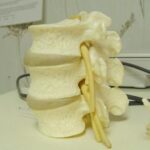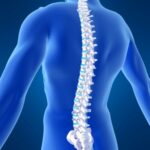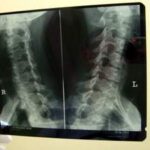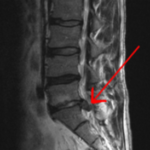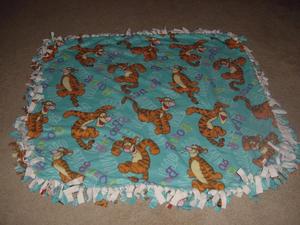Herniated disc, also called ruptured or slipped disc or herniated nucleus pulposus, a herniated disk occurs when all or part of the nucleus pulposus-the soft, gelatinous, central portion of an invertebral disk-is forced through the disk’s weakened or torn outer ring (annulus fibrosus).
When this happens, the extruded disk may impinge on spinal nerve roots as they exit from the spinal canal or on the spinal cord itself, resulting to back pain and other signs of nerve root irritation.
The disc of the spine breaks causing the cushion in between two vertebras to be out of place. This phenomena is called “Herniated Disc”, and it has caused many patient to suffer pain and weakness on the lower extremities and at the back. Most of the patients with herniated discs are old aged.
The cushion between vertebras loses its elasticity and becomes rigid and fragile because of the declining processes in the body of an aging patient making it prone to rupture and dislocation. It often occurs when the person carries heavy loads or sudden increase of force exerted to the spine such as fall or accident. Majority of patient’s aged 30 and older with herniated disc had an accident, which caused the disc herniation.
A shooting pain is felt at the lower extremities mostly of the lower legs. Paresthesias may also be felt at the same area in which numbness and pins-needle-like sensation is experienced. Patients experience muscle weakness especially at the knees and ankles. One of the emergency symptoms of Herniated Disc is numbness felt at the genital or an alteration to urinary and bowel pattern. This may indicate damage in the lumbar spine. Symptoms of Herniated Disc are felt because of the nerves of the spine are nipped and compressed between the vertebras.
Patients with Herniated Discs are often advised to take rest period until the inflammation of the discs subsides or until daily activities are tolerable. Conservative approach of treatment would include pharmacologic therapy. NSAIDs are usually given to combat the inflammation and pain. Epidural steroid injection is done which is a more direct and has a faster relieve from pain and inflammation. Patients are also referred to physical therapists for the rehabilitation of the spine. Appropriate exercise is needed to regain the strength and stability of the spine.
A more aggressive approach is done for patients with a more severe herniated disc. Discectomy of the spine is done to correct the herniation in the spine. The section in the spinal canal with herniated disc is removed to relieve the pressure in the spinal nerves.
Diagnostic Tests for Herniated Disc
In diagnosing herniated disc, obtaining a careful patient history is vital because the mechanisms that intensify disk pain are diagnostically significant. The following test results support the diagnosis:
The straight-leg-raising test and its variants are perhaps the best test for diagnosing a herniated disk. For this test, the patient lies in a supine position while the examiner places one hand on the patient’s ilium, to stabilize the pelvis, and the other hand under the ankle and then slowly raises the patient’s leg. The test is positive only if the patient complains of posterior leg (sciatic) pain, not back pain.
In Lasegue’s test, the patient lies flat while the thigh and knee are flexed to a 90-degree angle. Resistance and pain as well as loss of ankle or knee-jerk reflex indicate spinal root compression.
X-rays of the spine are essential to rule out other abnormalities but may not diagnose a herniated disc because a marked disk prolapse can be present despite a normal X-ray.
Peripheral vascular status check, including posterior tibial and dorsalis pedis pulses and the skin temperature of extremities, helps rule out ischemic disease, another cause of leg pain or numbness.
Aside form physical examination and X-rays, myelography, computed tomography scans and magnetic resonance imaging provide the most specific diagnostic information, showing spinal canal compression by herniated disk material.
Before myelography, urge the patient to remain in bed with his head elevated and drink plenty of fluids.

